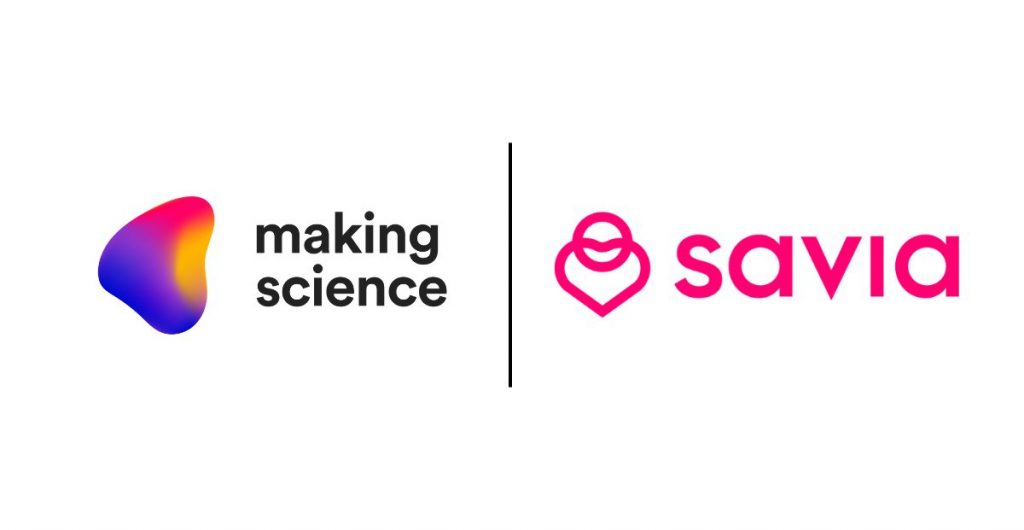
There’s no doubt that social distancing and isolation, caused by the most recent pandemic, made e-commerce one of the most dynamic sectors during 2020. This continues to be true today.
This exponential growth affected mass consumer products such as food, clothing, cosmetics, home equipment, electronics, and even cleaning products. It also had a significant impact on industries such as healthcare.
Healthcare e-commerce is relatively new compared to other goods like the ones mentioned above. However, online sales of pharmaceutical products or medical consultations and treatments are now a reality. In 2020, the business volume increased by over 60% compared to the previous year, according to the Spanish National Commission for Markets and Competition (CNMC).
With that said, in this article, we aim to show how e-commerce in healthcare settings has been a growing trend, both in public and private sectors; the keys to successfully implementing it; and its main challenges and implications.
Why has healthcare e-commerce become a trend?
One of the first aspects we must mention in response to this question is the unstoppable digitization of physical stores. Medical specialists, medical centers, and even pharmaceutical companies have discovered the potential of digital marketing and e-commerce to not only reach a broader audience but also to manage demand for services and products more efficiently.
Added to this, online purchases of health-related services and products became more accessible thanks to new channels and improvements in logistics processes.
Another reason why healthcare e-commerce has become a trend is the increase in the number of web and mobile applications in this sector. These apps range from tracking body weight and heart rate to more complex ones offering comprehensive digital care, such as chatbots or virtual health professional assistance.
The incorporation of chatbots and virtual assistance is currently one of the most popular options to provide more support to consumers even outside business hours or to check symptoms with just one click.
Challenges of healthcare e-commerce
- Trust and security: Despite the expectation that healthcare e-commerce will continue to strengthen, there are challenges, with trust and security for customers being some of the most important. This is because users of this particular trade seek very explicit answers to specific health issues.
- Adaptation: The healthcare e-commerce sector must not only adapt health services to users but also adjust digital technology companies to health services.
- Investment and business model change: Among the challenges included here is the significant investment that transitioning to a digital system implies, as well as the changes in traditional practices.
- Increased demand: Consumption volume increases since there’s more access to online consultations, and many health centers or private consultations get overwhelmed quickly, resulting in a greater need for medical staff. The significant challenge for healthcare e-commerce is improving customer care on digital platforms, as we’re discussing an industry where closeness, empathy, and understanding play a fundamental role.
Strategies for your healthcare e-commerce
- Content is key: More and more users are searching for health information online. Therefore, it’s vital to create a content strategy for your e-commerce website, blog, and even social media to keep the user informed and generate more trust.
- Multi-channel strategies: Maintaining various online communication channels and creating personalized messages for your customers will help you achieve better positioning.
- Effective and intuitive design: Always implement a good healthcare e-commerce design to facilitate navigation. Ensure the buying process is clear, avoid ambiguities, and make it completely intuitive.
- Attention at all times: Telemedicine increasingly demands that attention channels be not only personalized but also swift, ensuring effective communication. Remember that as you establish a good online reputation, you’ll be able to boost your sales.
Savia, the digital health services platform
A success story within healthcare e-commerce in Spain is Savia, MAPFRE’s digital health services platform, which offers a wide range of tests, consultations, and medical treatments.
Although Savia also provides face-to-face consultation services in specialties like gynecology, cardiology, physiotherapy, or psychology, the platform’s most demanded services are online, such as video consultations, 24-hour medical chat, and symptom evaluation.
Among the most notable advantages of this platform is that customers have access to a vast array of medical professionals and centers, as well as over 50 specialties and their medical history through a private area where they can also control their purchases, medical appointments, results, and prescriptions.
Savia users can make medical consultations quickly, as easily as from their mobile phone. Also, the process of acquiring products and services online is straightforward, and they can choose from various payment methods, either per contracted service or through subscription plans.
Savia and Making Science
The launch of Savia represented a strategic move for MAPFRE. Launching this health services platform aimed to bolster one of the insurer’s areas with the most growth potential. For this reason, there was a need for planning, grounding, and defining the idea’s key factors.
In this regard, MAPFRE, in collaboration with Making Science, defined their strategy, implemented and developed it using the Google Cloud Platform technology, focusing on data, a valuable asset for Savia.
MAPFRE and Making Science have worked together on the conceptualization of the microservices architecture that Savia offers, relying on both technological capital and, above all, human capital.
Moreover, Savia trusts Making Science for maintenance, support, and the development of projects for the platform’s continuous improvement, according to business objectives and needs.
“Savia’s e-commerce platform offers agile and transparent solutions to the waiting list issues of Spanish Healthcare and is one of the most valued services by our customers. Successfully developing and integrating it into Savia’s value proposition was crucial to count on the experience and commitment of the Making Science team, our strategic partner.”
Pedro Díaz Yuste, General Director, Savia (MAPFRE)
We can conclude that it’s a critical moment for health e-commerce. However, it’s essential for companies to understand that demands in this sector are very high. They must adapt and comprehend the importance of their digital presence.
Every day, the healthcare sector attracts many users looking for information, products, and drugs. Responding effectively to their concerns, with quality information, precise professional availability, and products that suit their needs, will be vital for this business model’s success.







 Cookie configuration
Cookie configuration